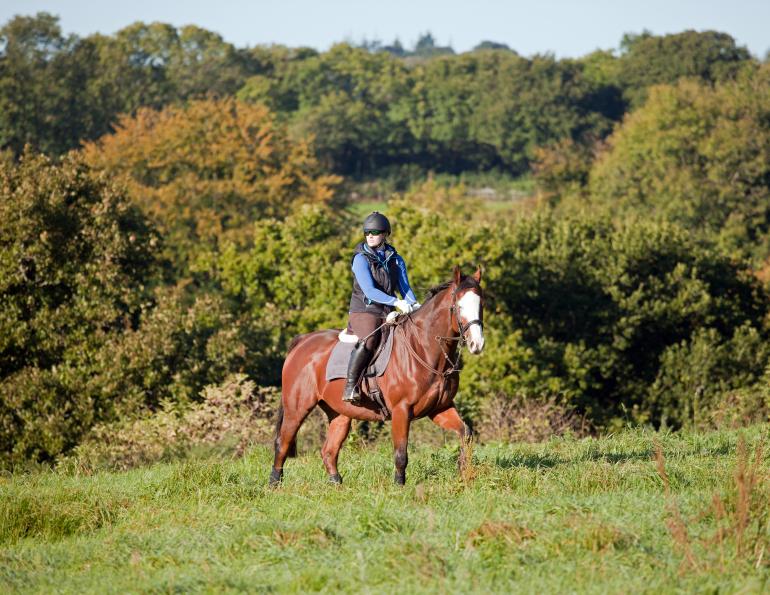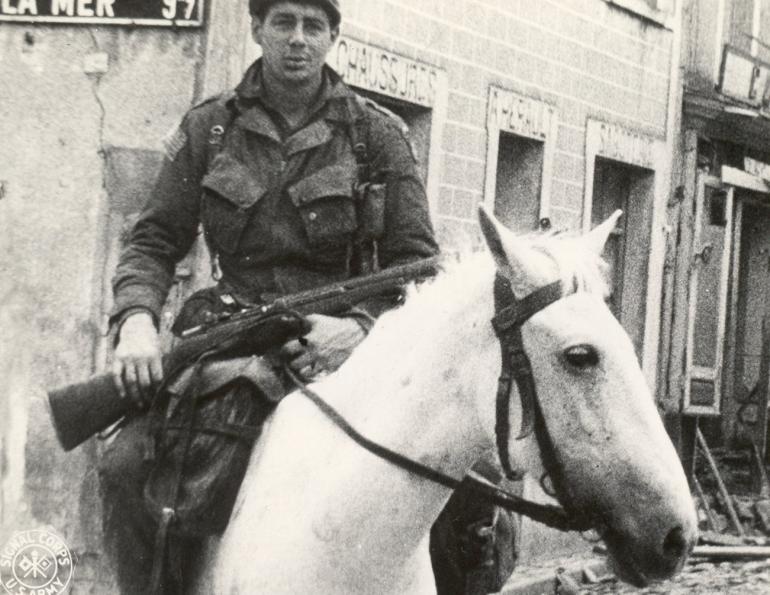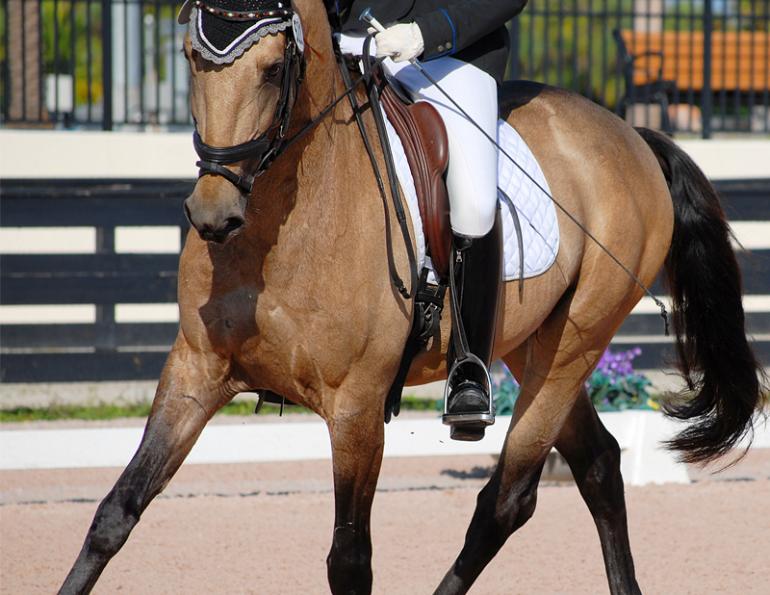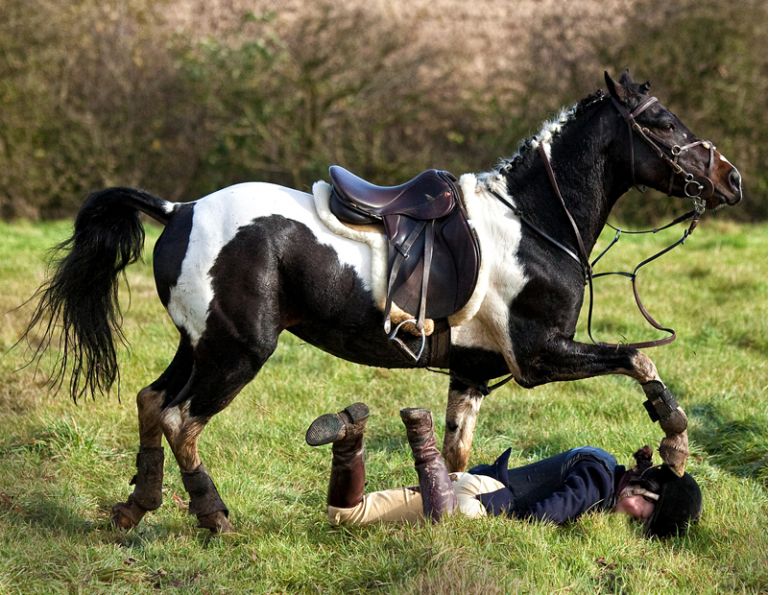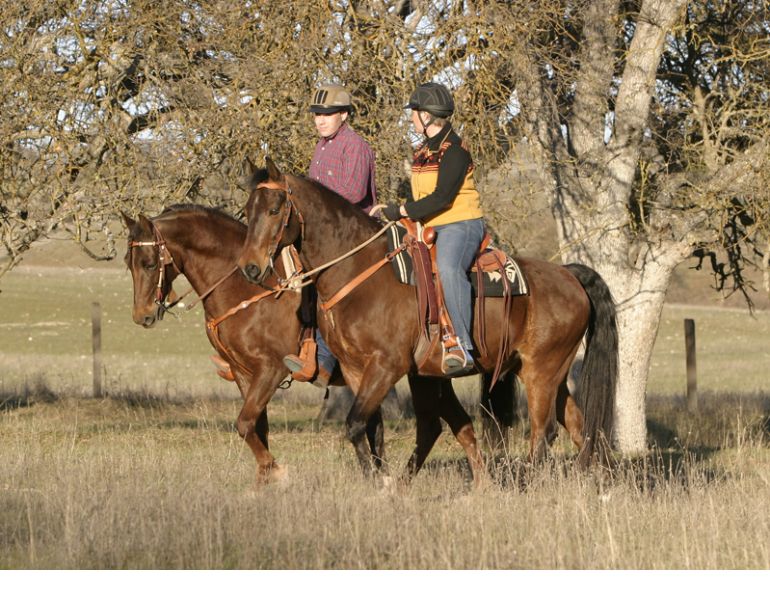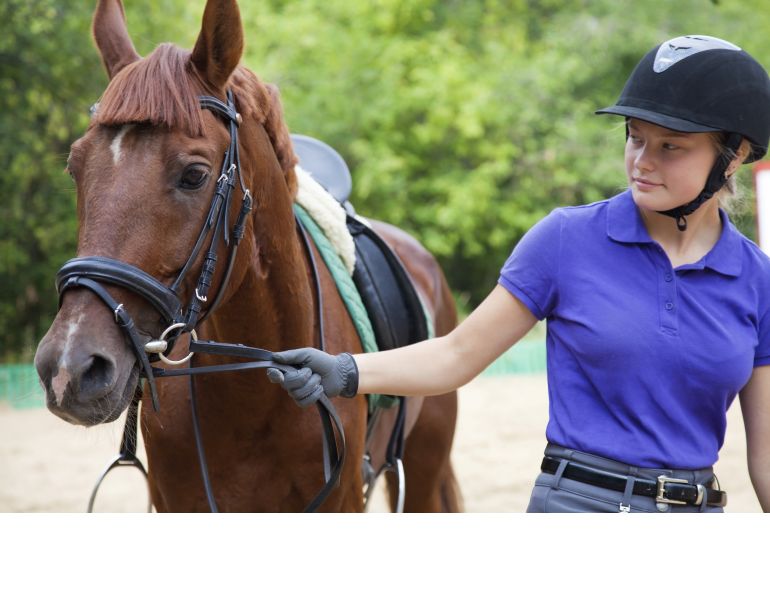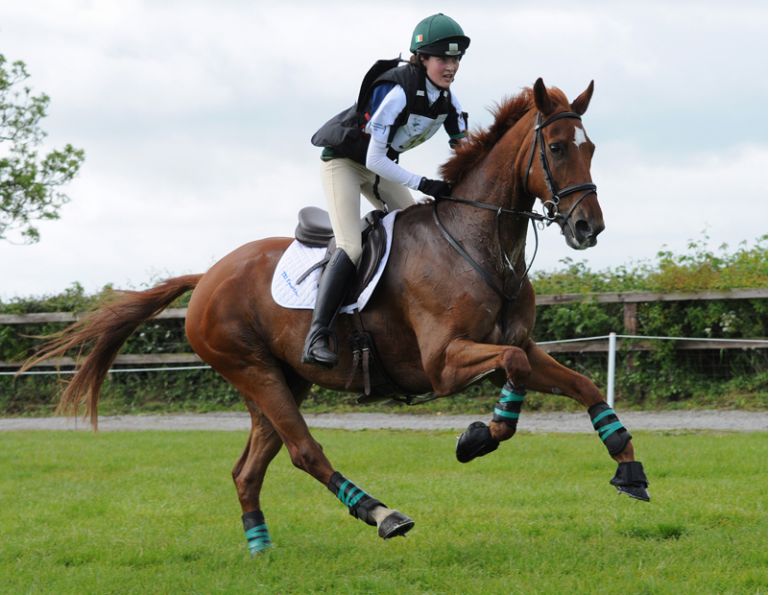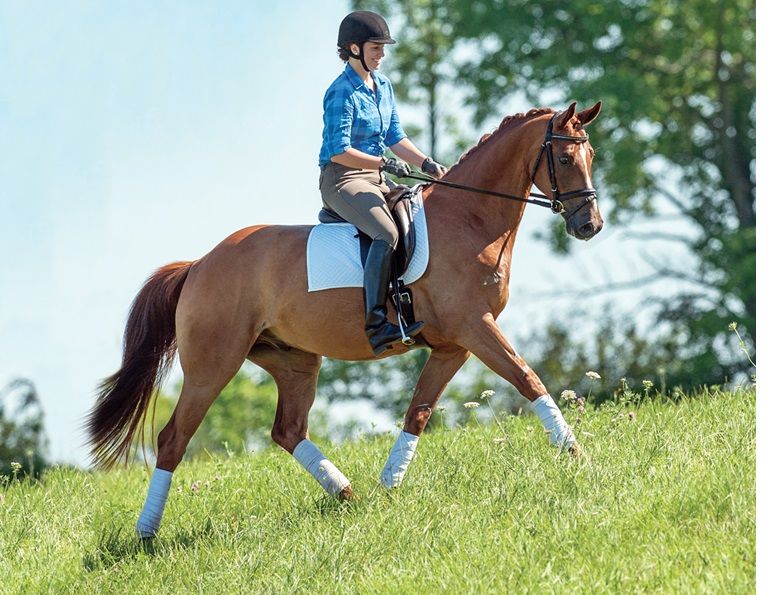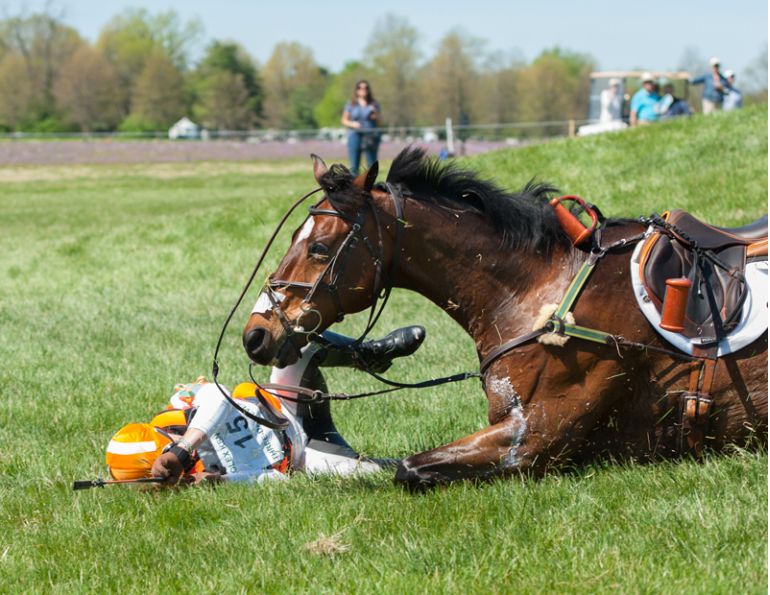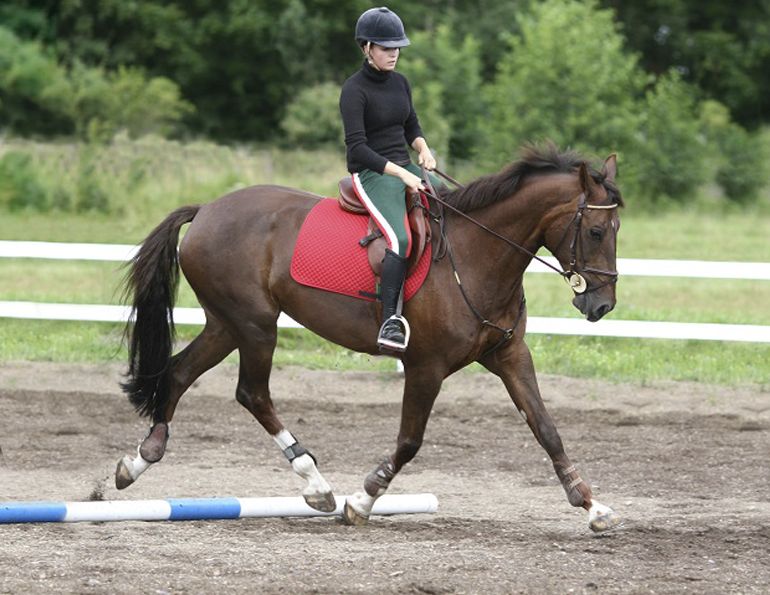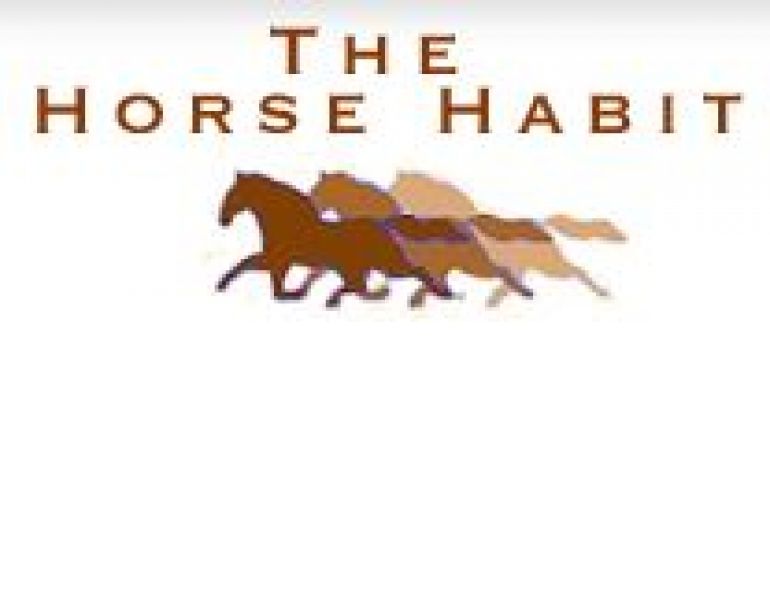By Jec A. Ballou
Students who ride primarily on trails often ask me what kinds of exercises they can do to benefit their horses. If they don’t plan to be in an arena anytime soon, does that mean they can’t give their horses the gymnastic and core exercises that optimize their bodies and comfort?
Luckily, no. Plenty of valuable exercises can be added to a trail rider’s regular routine without stepping foot in an arena. First, though, I want to applaud these riders for acknowledging that their horses will gain from focused exercises that target their postural muscles. There is actually a lot you can do out there in the woods!
Below are my top suggestions for trail riders, mostly for their simplicity of execution. Obviously, the terrain sometimes dictates where or how long you might perform them, and you will be a lot more successful if you can convince your riding buddies to do these exercises along with you. Some days, you might elect to spend five to ten minutes at the parking lot or trailhead, working your way through them as a warm-up. Other days, you might ride on terrain that is suitable for incorporating a few of these on your outing. Or you might have a moment to do them after you get back. When you do them matters less than making sure you do them consistently.
These are intentionally simple exercises to perform, but they create measurable changes in the horse’s body and posture when done consistently. Can you do them at least three times per week in addition to, or as part of, your trail ride?
Back Up
Either before you mount up, or at some point during your ride, ask your horse to walk backwards at least 30 steps. Ideally, you want the horse in a lowered neck position (poll and withers at approximately the same height), and you want to make sure the horse steps backward an equal distance with each foreleg. If your horse tends to anticipate and rush backwards instead of calmly walking back step-by-step, you can repeat a sequence of backing up ten steps and then walking forwards ten steps. Repeat a few times.
Turns-on-the-Forehand
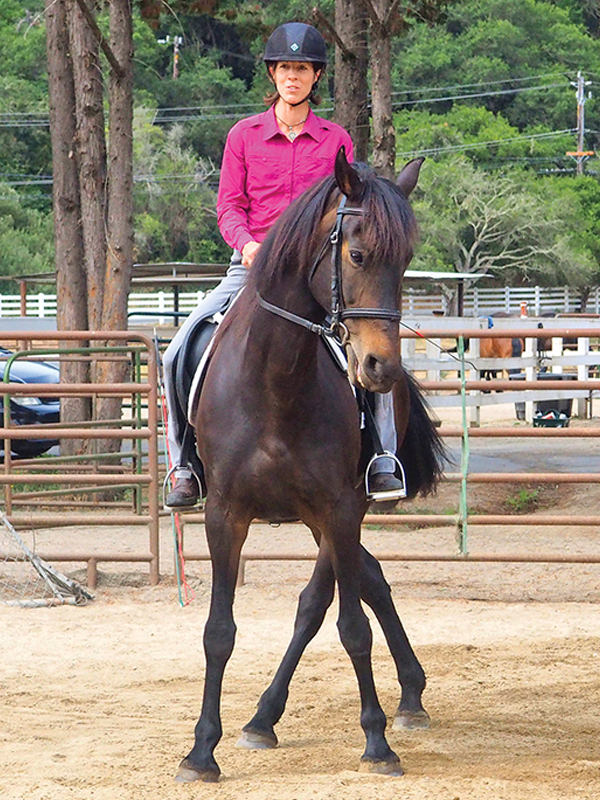
Turn on the forehand, with the horse crossing his hind legs to form an X as he turns.
Before you mount up, or at some point along the route, execute three turns-on-the-forehand in each direction. I’m defining each turn here as a full 360-degree turn. Be sure the horse crosses his hind legs to form an X as he makes the turn. (Detailed instructions about performing in-hand turn-on-the-forehand correctly can be found in my book, 101 Dressage Exercises for Horse & Rider.)
Transition of Speed Within Gait

Practice walking and trotting at different speeds on the trail to help your horse stay looser in his back and haunches.
Arena riders like to wax poetic about the value of riding transitions between gaits. These simple maneuvers help balance the horse to carry more weight on his hindquarters, improve responsiveness, and stimulate fuller neuromuscular recruitment. But transitions are not just for arena riders. In fact, I like to head down a flat stretch of trail with the goal of riding at least three gait transitions. Every 20 meters or so, I’ll switch from walk to trot then back to walk and up to trot again. It keeps my horse listening to me and using his body more fully.
I also encourage trail riders to practice walking and trotting their horses at different speeds. Make transitions between a slow trot, a faster trot, and a medium-paced trot. Ride frequently between these different speeds. Doing so will keep your horse much looser in his back and haunches. Too often, people get stuck riding at one steady speed all the time on trails and, like any repetitive motion, this creates stiffness.
Change the Frame
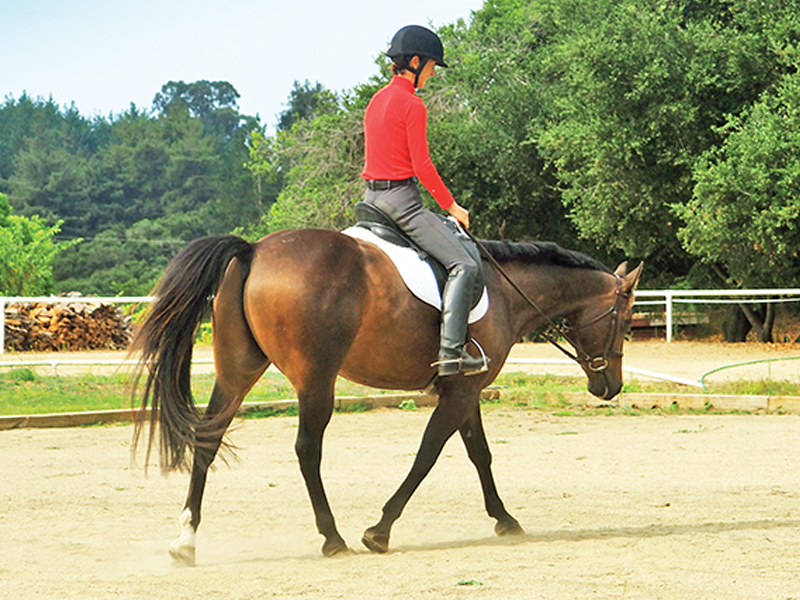
On a flat section of trail, change the horse’s frame every half mile or less, alternating between a shorter, more collected frame and then asking the horse to stretch his neck forward and downward
Similar to the advice given above, change your horse’s posture and body carriage frequently to encourage fuller recruitment of core muscles. When you are on a flatter section of trail, ride a half mile or less, depending on your terrain, in a shorter or more “collected” frame, followed by the next half-mile asking your horse to stretch his neck forward and downward towards the ground. This is an exercise that we arena riders do frequently to develop good flexibility and range of motion in the horse’s musculoskeletal system. This exercise can — and should — be done on the trail, too.
Don’t worry, as with any of these exercises, you do not need to spend your whole ride practicing. You can still relax and just enjoy the view for much of your outing, but do try to find five to ten minutes where you can ask your horse to change his frame a few times while cruising along.
Photos courtesy of Jec A. Ballou.
Main Photo: Shutterstock/Sharon Kingston



